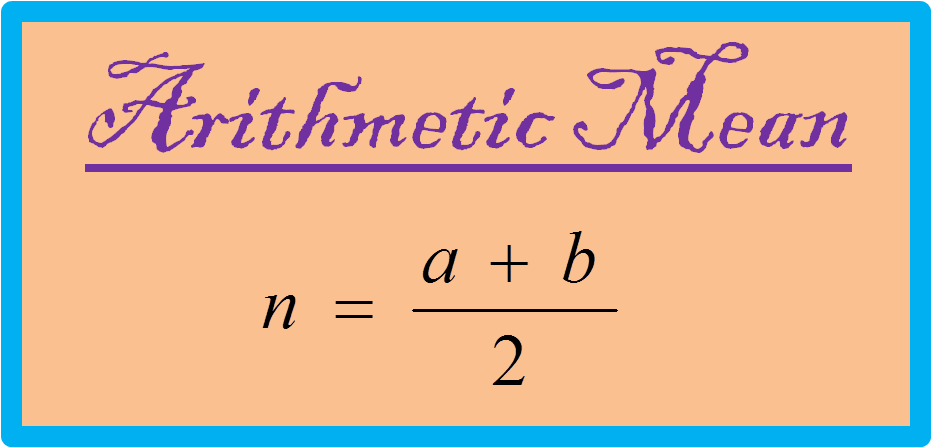
Seems too coincidental to not be important, so let’s explore that a bit more. Quantity B, $25$, seems coincidentally placed right smack in the middle between $23$ and $27$. We have one set of numbers with an average of $23$ and a smaller set numbers with an average of $27$. Let’s also pay attention to any coincidental number relationships that we see, since we know to be suspicious of any coincidental number relationships. Let’s start working on a way to estimate this average! If we could estimate the average of the $150$ numbers just to determine if it was equal to $25$, above $25$, or below $25$, we could finish the question. Let’s write that on our paper, with a “?” in between until we figure out which side is greater. Starting with a top-down approach, we know that we want to compare the average of $150$ numbers to the value $25$. Here, our paper is our friend, so let’s put it to good use! So we should always take in all of the numbers and concepts the question presents, then see if anything jumps out at us. However, they can often times have more abstract solutions that require more thought and planning when compared to solutions where we just plug and chug numbers into equations. We know that solving math problems logically can be very rewarding.
#The artmatic mean plus
Challenge accepted! Plus we never know if it might be fun, educational, or both! Develop a Plan and Solve: Logically It might be more challenging to solve this question in a logical way without a calculator. Though we did need to use our calculator at the end, and we know that most problems shouldn’t require a calculator. This is less than Quantity B $(25)$, so the correct answer is B, Quantity B is greater. Since the question asks for averages of sets of numbers, let’s think of the equation we have memorized for averages:

& 4.The average (arithmetic mean) of $100$ measurements is $23$, and the average of $50$ additional measurements is $27$.

Let X be a discrete random variable with values x 1,x 2,…x n, and probabilities 1/n : This statement can be shown by considering a convex function f(x) = -log x.

Jensen’s inequality, usually taught in a calculus based statistics course, can be used to show that the arithmetic mean of n positive scalars x 1,x 2,…x n, is greater than or equal to their geometric mean, which is equal to Showing the Arithmetic Mean is Greater than the Geometric Mean If the list is a sample, it’s called a sample mean x̄. If your data is a population, then the mean is called a population mean, represented by the letter μ. Solution: The average driving speed is 62.5 mph.įor another example with steps, see the next article:

Step 2: Divide by the number of items in the set. Example problem: Find the arithmetic mean for average driving speed for one car over a 6 hour journey: 54 mph, 57 mph, 58 mph, 66 mph, 69 mph, 71 mph


 0 kommentar(er)
0 kommentar(er)
